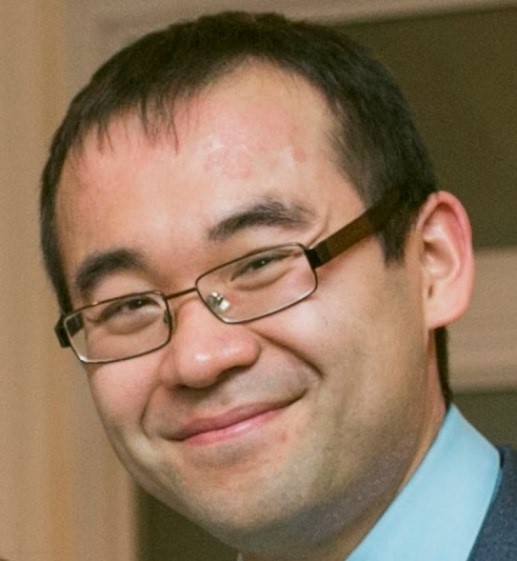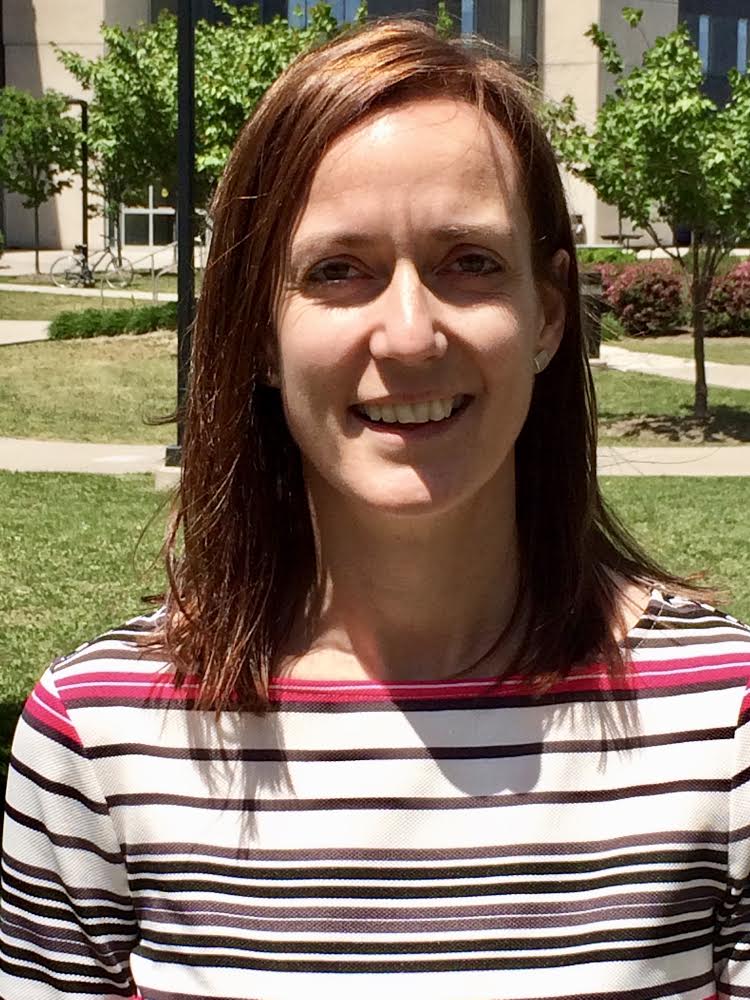Hello Blood & Clots/CanadiEM community!
Before we post our blog series on thrombosis and bleeding, we encourage you to test your initial knowledge by going through a few brief case scenarios. These cases were originally posted as part of our needs assessment in Fall 2016, and you can find the answers after each question below.
The first and second cases can be found here: Quizlet #1, Quizlet #2.
All the content from the Blood & Clots series can be found here.
Cheers!

-Blood & Clots Editorial Team
* * * * *
QUIZLET #3
A 68 year old man with history of atrial fibrillation taking warfarin for stroke prevention is preparing for elective hip arthroplasty. His co-morbidities are hypertension, type II diabetes, and overweight. There is no history of bleeding or thromboembolism. One week pre-operatively, blood work reveals: hemoglobin 142g/L, platelets 180 x109/L, creatinine 75μM, and INR 2.3.
[bg_faq_start]Question 1: Which of the following is the best strategy to manage this patient’s antithrombotic therapy before surgery?
A) Stop warfarin with last dose 3 days before the scheduled surgery, with no use of low molecular weight heparin pre-operatively.
B) Stop warfarin with last dose 6 days before the scheduled surgery, with therapeutic doses of low molecular weight heparin from 3 days before the surgery until 24h before the surgery.
C) Stop warfarin with last dose 6 days before the scheduled surgery, and start ASA 81mg daily at the same time.
D) Continue warfarin through the procedure.
E) Stop warfarin with last dose 6 days before the scheduled surgery, with no use of low molecular weight heparin pre-operatively.
[bg_faq_end] [bg_faq_start]Answer to Question 1
E) Stop Warfarin with last dose 6 days before scheduled surgery, with no use of low molecular weight heparin pre-operatively.
Before major surgery, an INR ≤ 1.5 is recommended. In patients with INR between 2.0 and 3.0, the INR has been demonstrated to fall < 1.5 within 115 hours, and guidelines suggest holding Warfarin for 5 days prior to surgery when temporary cessation is needed (Douketis et al, CHEST 2012).
Providing “bridging” anticoagulation during the time of Warfarin cessation has not been shown to reduce the risk of perioperative thromboembolism. The BRIDGE trial (Douketis et al., NEJM 2015) demonstrated that a strategy of forgoing bridging anticoagulation did not lead to increased arterial thromboembolism, but led to a reduction in the risk of major bleeding (compared with bridging LMWH).
2) You elect to stop the warfarin with no use of low molecular weight heparin pre-operatively. The patient undergoes the hip arthroplasty with estimated blood loss of 300 mL. There is no ongoing bleeding 8h after the surgery. The hemoglobin post-operatively is 118g/L, creatinine 67μM, and all other values normal.
[bg_faq_end] [bg_faq_start]Question 2: Choose the best strategy to manage the patient’s post-operative antithrombotic medications.
A) Resume warfarin 5 days post-operatively to ensure no further bleeding, with no use of other anticoagulants post-operatively.
B) Resume warfarin the evening after the surgery with no use of other anticoagulants post-operatively.
C) Resume warfarin the evening after the surgery, and use low molecular weight heparin at therapeutic doses from 48h post-operatively until a therapeutic INR is attained.
D) Resume warfarin the evening after the surgery, and use a direct-acting oral anticoagulant or low molecular weight heparin at prophylactic doses for venous thromboembolism prevention until a therapeutic INR is attained.
E) Use a direct-acting anticoagulant or low molecular weight heparin at prophylactic doses for venous thromboembolism prevention for 30-35 days and then resume warfarin.
[bg_faq_end] [bg_faq_start]Answer to Question 2
D) Resume Warfarin the evening after the surgery, and use a direct-acting oral anticoagulant or lower molecular weight heparin at prophylactic doses for venous thromboembolism prevention until a therapeutic INR is attained.
In the BRIDGE trial, therapeutic doses of LMWH were administered within 48-72 hours post-operatively after major surgery. This strategy did not reduce the risk of perioperative arterial thromboembolism but led to increased bleeding events. By contrast, the provision of prophylactic doses of LMWH or direct oral anticoagulants (Dabigatran, Apixaban, or Rivaroxaban) has been shown to substantially reduce the risk of perioperative venous thromboembolism after orthopedic surgery while mitigating the risk of bleeding (Kapoor et al., J Thromb Haemost 2017).
Therefore in this situation initiating prophylactic anticoagulation in the immediate post-operative setting reduces the risk of perioperative VTE; meanwhile, the patient’s INR will not be therapeutic for 5-7 days after initiating Warfarin, by which time the patient’s perioperative bleeding risk will be lower.
[bg_faq_end] [bg_faq_start]Question 3: What recent large randomized clinical trial is directly relevant to the perioperative management of this patient’s anticoagulation?
Open Answer Response
[bg_faq_end] [bg_faq_start]Answer to Question 3
BRIDGE trial
Douketis JD et al. Perioperative bridging anticoagulation in patients with atrial fibrillation. N Engl J Med 2015; 373(9): 823-33.
See above two comments which comment on the impact of this trial in perioperative medicine.
[bg_faq_end]


